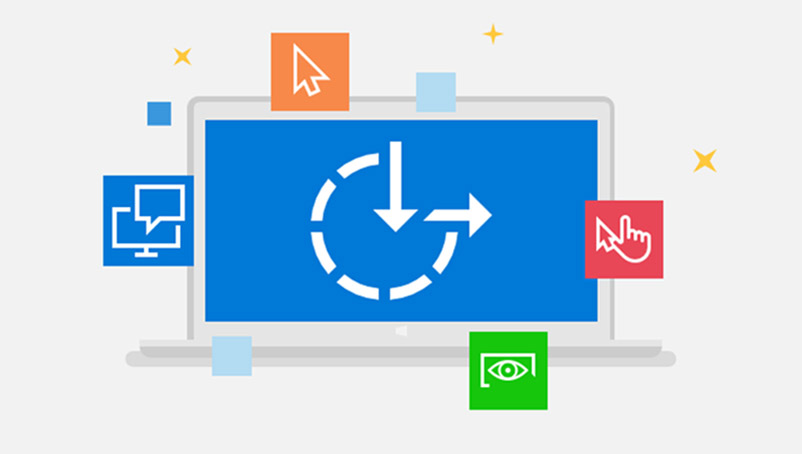
Accessibility is at the centre of innovation
Anne Taylor, Microsoft’s director of Supportability took up her role to make change for people with disabilities and accessibility needs. In her role with Microsoft’s Accessibility program, Taylor works to ensure the teams designing Microsoft products and services are always inclusive. She works closely with engineers to establish what does and does not work from an end user’s perspective.
It was Microsoft’s long-standing dedication to innovation and accessibility that drew Taylor to take up a role within the company. “When it comes to productivity and workforce advancement, there is no other company that has greater impact on individuals who want to stay productive, regardless of their disability, social status, nationality, gender or race. So, what better place for me than Microsoft to make sure people with disabilities are represented?” Taylor said in a 2019 interview.
Integrated across the Microsoft suite are a range of tools providing added assistance and functional alternatives for users. These features can be useful additions to the workflows of many users however, for many these features serve as an essential addition. In particular, assistive technology has been seen to greatly benefit those with learning difficulties.
In 2019, 1 in 10 Australians were diagnosed with a learning difficulty. In an increasingly technology dependent world, the need for accessible and affordable support in this area is growing. Office 365 offers integrated support in programs already used widely across education institutions and workplaces. Despite such widespread usage of Microsoft programs, their accessibility offerings are little known and underutilised.
Therefore, education and training in Office 365 accessibility features offers immense potential to help those with learning difficulties achieve more at work, school, and home.
In the words of educator and Microsoft partner Valerie Fasano, “these services represent possibility and equity”. Further to this, Microsoft technology opens the opportunity for organisations to be able to provide more accessible experiences to their employees and customers. In Microsoft’s own words “There is no limit to what people can achieve when technology reflects the diversity of all who use it”.
Some of the key tools available for support of learning difficulties include:
Immersive reader
- This tool offers text decoding solutions for readers with learning differences. The program reads text aloud as well as highlighting the test as it is read. It offers the ability to alter text size, spacing, line focus and column width, to best work for the user. Immersive reader has been seen to build confidence and improve reading comprehension.
Office Lens
- Available as a free app within Office 365, this tool acts as a portable scanner. It allows for any text to be digitalised and converted to PDF, word, PowerPoint and OneNote. This then allows for the converted text to be used with immersive reader.
Dictate
- This tool provides a speech to text function as well as allowing the user to control the computer verbally. This function allows for the creation of documents without having to type at all.
Research Pane (OneNote)
- The research pane in OneNote is a quick search function designed to aide in the research of a specific word or phrase. It can assist in checking spelling, finding and alternate work or simple research a word all within the document you are currently working in.
Need further information or have questions?
Check out the Disability Answer Desk (DAD).
Disability Answer Desk – Microsoft Accessibility
This is a 24/7 chat service where experts trained in assistive technologies are ready to help and suggest the best solutions for you!

 Australia
Australia New Zealand
New Zealand
 Singapore
Singapore
 Hong Kong
Hong Kong
 Philippines
Philippines
 Thailand
Thailand
 Indonesia
Indonesia
 phone
phone
 email
email
 enquiry
enquiry
























